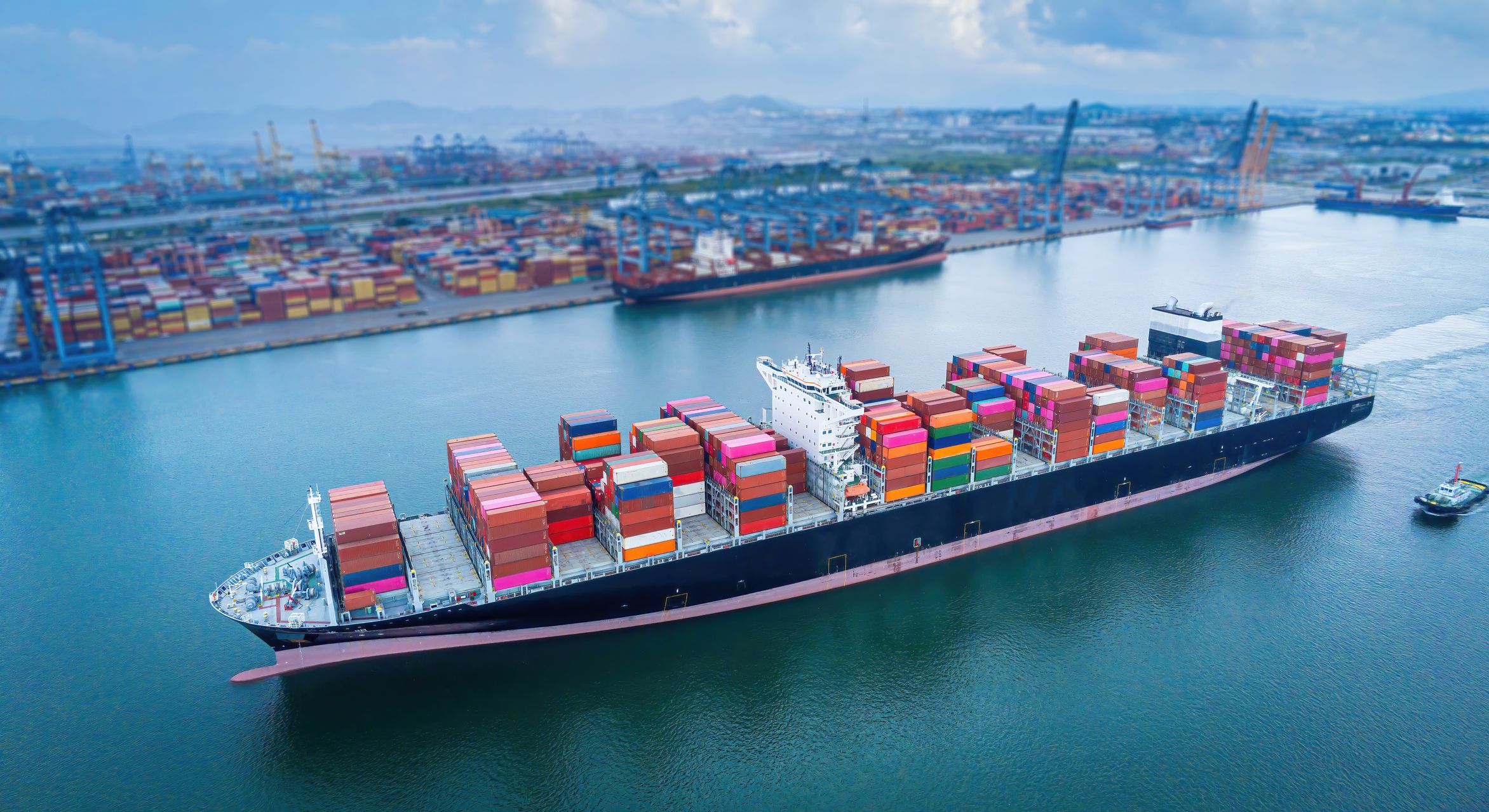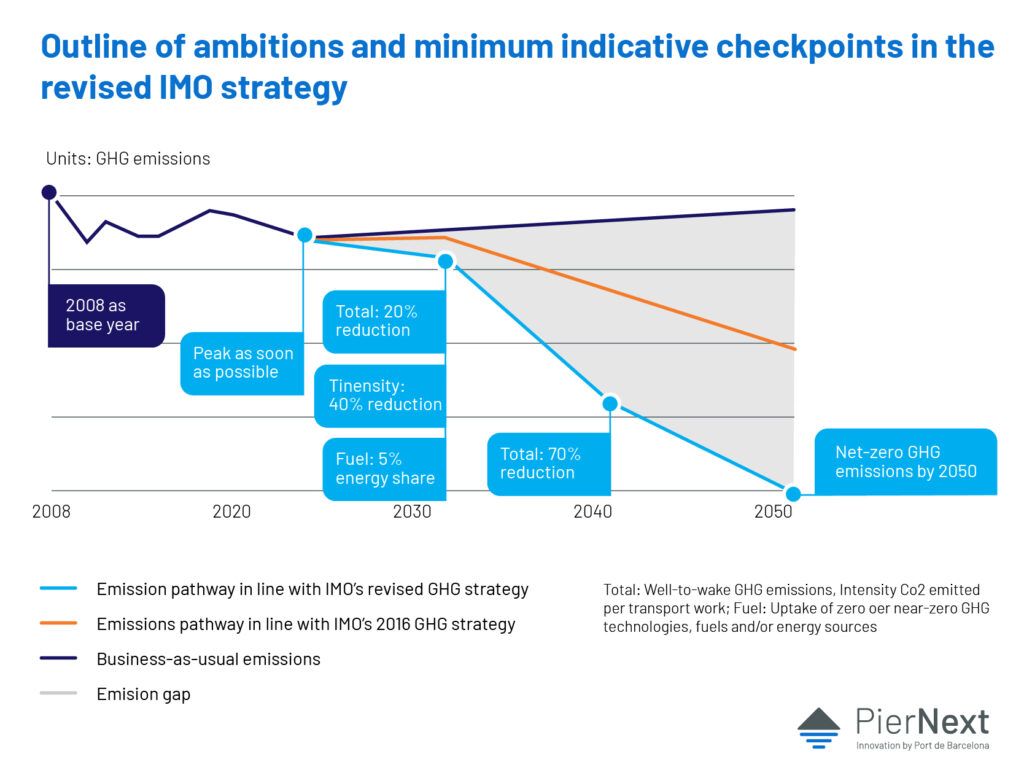Maritime Decarbonization: A Regulatory Comparison
In a critical decade for reducing greenhouse gas emissions in shipping, regulations are essential for driving change. DNV's "Maritime Forecast to 2050" report highlights three key drivers for decarbonization: policies and regulations, funding, and industry expectations. With the urgency to reduce emissions by 20% by 2030 and achieve net-zero emissions by 2050, regulations from the International Maritime Organisation (IMO), the European Union (EU), the United States, and China play a crucial role. These regulations set standards, offer incentives, and level the playing field. The IMO has set ambitious targets, including a 20% reduction by 2030 and net-zero emissions by 2050. The EU includes shipping in its Emissions Trading System, while the US rejoins the Paris Agreement and works on long-term strategies. China, a key player, participates in global regulations and decarbonization initiatives. In conclusion, international regulations are vital in steering the maritime sector towards decarbonization and meeting climate goals.
Read more: Four routes to decarbonisation: IMO, EU, US and China (portdebarcelona.cat)

